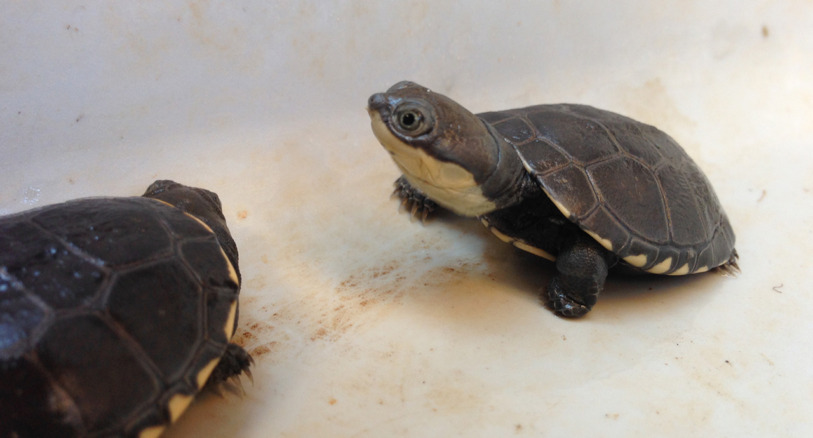
The African Helmeted Turtle is a relatively small turtle with a shell length of 15-18 cm (6 to 7) as an adult. The shell is very thin, oval shaped, and brown to olive in color.
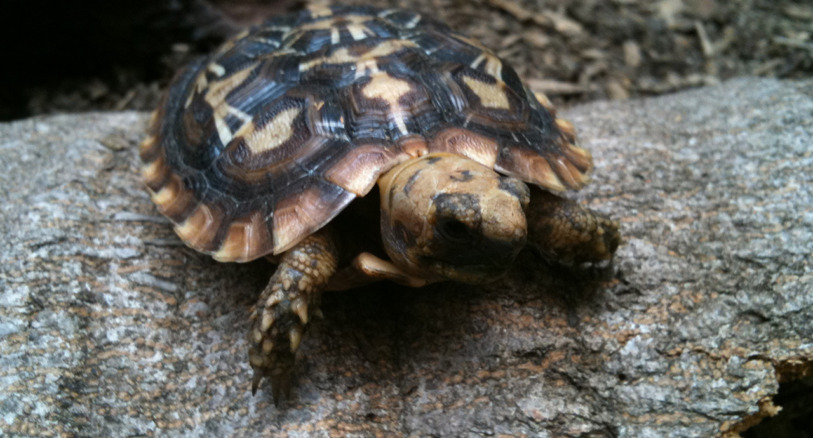
The African pancake tortoise, Malacochersus tornieri, is a small, very flattened tortoise with a thin, flexible shell. It is also known as the pancake tortoise, soft-shelled tortoise, and Tornier’s tortoise.
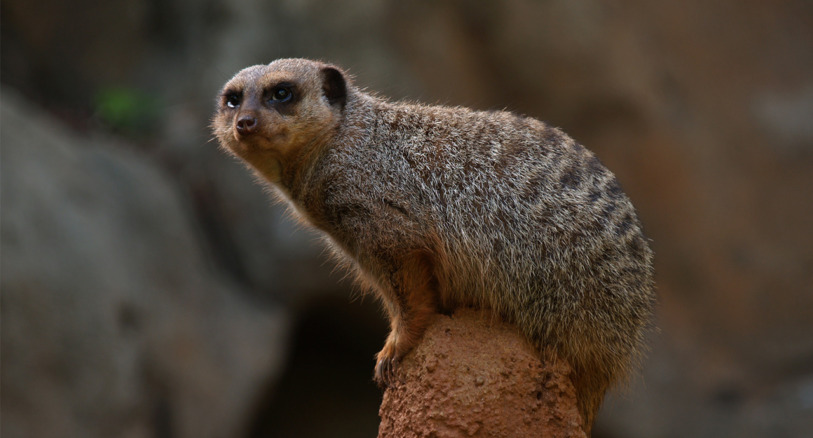
Meerkats are highly social, diurnal animals. They enjoy basking in the sun and may sleep in groups and form a tower.
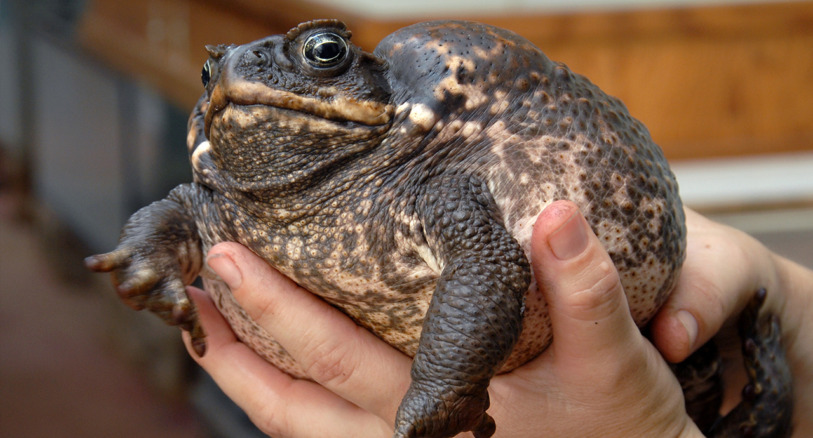
The Cane Toad is the largest species in its family. Adult Cane Toads are usually heavy-built and weigh an average of up to 1.8kg. (4 lbs.).
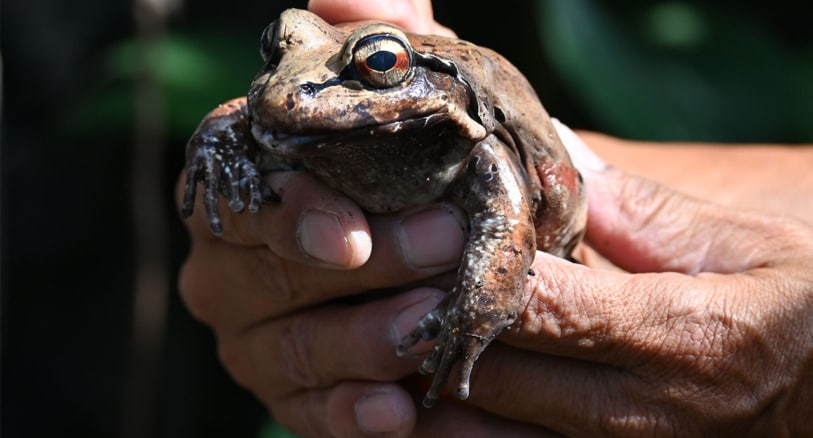
Due to their voracious nature, these frogs are solitary and males can be fiercely territorial.
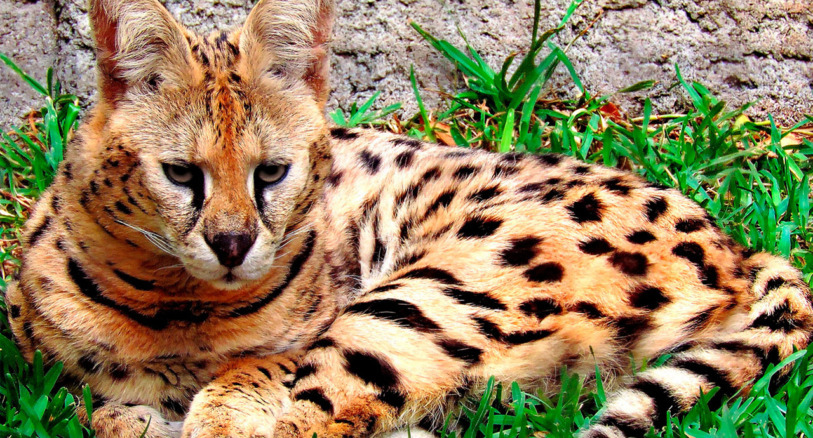
Elusive and shy, servals are for the most part nocturnal, hunting by sight and sound more than scent.
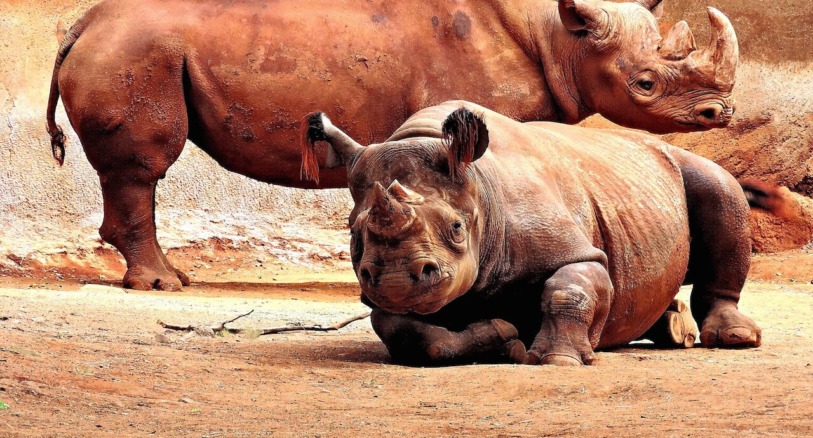
The Honolulu Zoo acquired two black rhinos through the American Zoo and Aquarium Association’s Species Survival Plan in March of 1999.
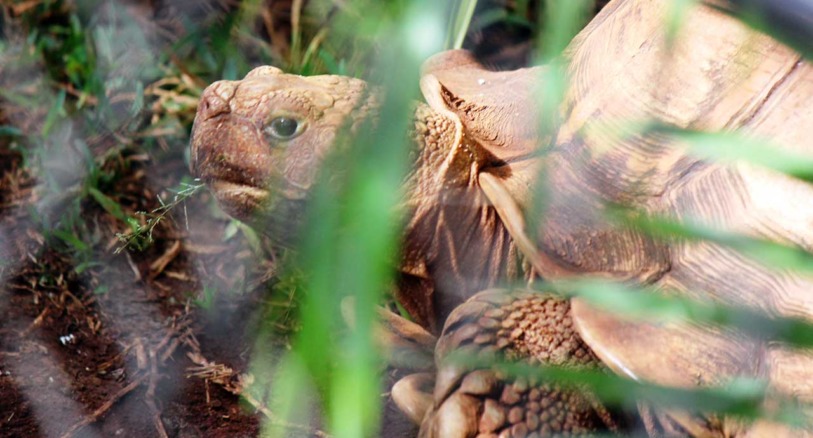
The African spurred tortoise is is the third-largest species of tortoise in the world, the largest species of mainland tortoise, and the only species in the genus Centrochelys.
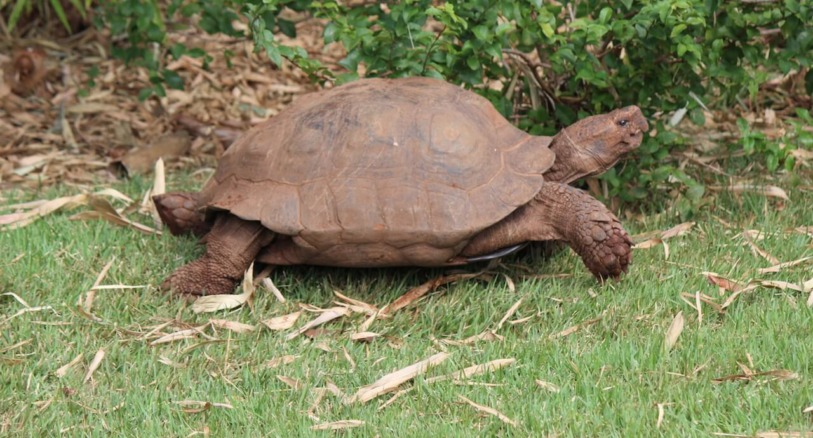
This is the largest tortoise species on the Asian continent and quite possibly the oldest tortoise species in the world, having changed very little over millions of years.
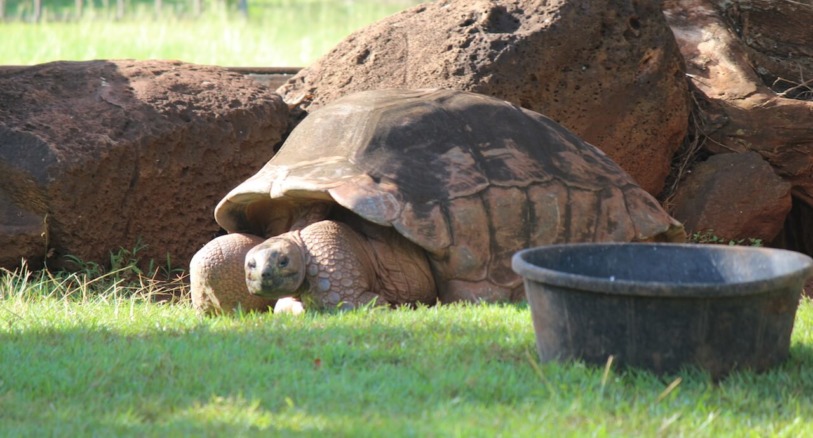
The Aldabra giant tortoise, from the islands of the Aldabra Atoll in the Seychelles, is one of the largest tortoises in the world.

